Windows provide our home with light and a view of the world around us. They can transform the look of a room more than any other feature, give good curb appeal and keep us warm and protected from draughts.
Choosing the right windows for your home can be challenging, and as they are one of the most expensive articles you can purchase for your property, you need to make the correct decision. Here are some tips on how to select windows that will bring out the best in your home.
Budget
Your budget will largely dictate the type of windows you choose to install.
The cheapest options are vinyl or uPVC framed windows. Wood and aluminum windows will cost you a bit more. Obviously, the size and number of windows you require will determine the final price and the installation charges.
Suppose you are installing large French windows that cover a large area of an external wall or significantly alter your home’s appearance. In that case, you may need building warrants or planning permission. If your home is within a conservation area, you may need special permission to install windows that are not in a style authentic to the era of your property. All of these permissions will come with hefty fees, so be prepared.
Materials
Window frames are available in a number of different materials such as uPVC, wood, aluminum, fiberglass, composite, and wood-clad.
uPVC
uPVC or vinyl windows are made from polyvinyl chloride and are available in pure vinyl or recycled vinyl. Pure vinyl is more expensive and more robust than its cheaper, more eco-friendly counterpart.
Aside from being budget-friendly, the advantages of uPVC windows are that they require very little maintenance, are UV resistant, do not corrode or rot, and do not require painting or varnishing. Installation of these windows is very straightforward and therefore shouldn’t be costly to install. Generally, they are very efficient and airtight and have a lifespan of 15-20 years.
A disadvantage of them is that they are not available in many colors and cannot be painted.
Composite
These window frames are made from a combination of wood, metal, and vinyl and are extremely strong and moisture resistant though quite heavy. It is available in a variety of colors but can pull somewhat hard on the purse strings.
Aluminum
Aluminum is very strong yet lightweight, so it is ideal for manufacturing window frames. The strength of the material means that it can support large expanses of glass – so great for those who want a vast picture window installed in their home. Unlike chunky uPVC window frames, aluminum is sleek and slim, so the majority of the glass will not be covered by frame – your views will not be obstructed.
As with uPVC, aluminum requires minimal upkeep and will last for many years. However, it may be too modern looking for period properties.
Wood
Older period properties look best with wooden windows and may by local laws be required to have nothing but wooden framed windows and doors. They look beautiful and may even increase the value of your home.
A significant advantage of wood is that it can be painted and stained so you can change the look of the property whenever you desire and you can decorate it with beautiful terrariums. It is environmentally friendly, durable, and can be made into any size or shape of frame. With top-class maintenance, wooden windows can last a lifetime. However, the upkeep is time-consuming as the windows will need painted, stained, scraped, caulked, and cleaned regularly.
Wood can be susceptible to adverse weather conditions and may become warped or rotten over time. Termites and wood worms also pose a threat to the window’s lifespan.
Energy Efficiency
As everyone needs to do their best to reduce their carbon footprint, installing windows that are energy efficient is of utmost importance. Up to 40% of energy bills costs can be attributed to heat being lost through old, drafty windows.
Installing windows with double or triple glazed glass can save you a fortune. If the frames of your windows are still in good shape, you may want to consider just replacing the glass and the seals.
Look for windows with the Energy Star logo, as this is the government-backed symbol for energy efficiency. Windows with this certification are the most energy-efficient windows available and nearly twice as efficient as the average window.
An ideal window should block the sun’s harmful UV rays from entering your home, reflect the cold, and retain heat.
Color
The color of the windows in your home can make a real impact. Modern homes look great with black or sleek grey aluminum frames, whereas older properties such as a 17th-century cottage look quaint with wooden or composite windows in Chartwell Green or shades of cream. Always be sympathetic to the age of your property, as choosing inappropriate colors could lead to the devaluation of your home.
Style
As with color, choose something that suits your home. If you have an ultra-modern home, you could bring maximum light into your living areas by installing massive floor-to-ceiling aluminum windows. An older home built in the Georgian era would originally have windows with six or eight panes per sash so try to stick to this style when possible as anything else may look plain weird.
Window Furniture
The hinges, handles, and latches for windows come in hundreds of styles but can generally be split into three categories – standard, contemporary and traditional.
Standard window furniture is usually found on uPVC windows, is made of nickel, and has a simple, plain style in various colors such as white, black, chrome, gold, and bronze.
Older properties traditionally have black wrought iron or pewter furniture. They are finished in styles like monkey-tailed (with a fancy curled end to the window handle) or bulb-ended with a narrow body with an egg-shaped end.
When buying new windows, do your research and shop around. Find the most energy-efficient windows you can in a style, shape, and size that suits your property. Always have a budget before you set out and stick to it.

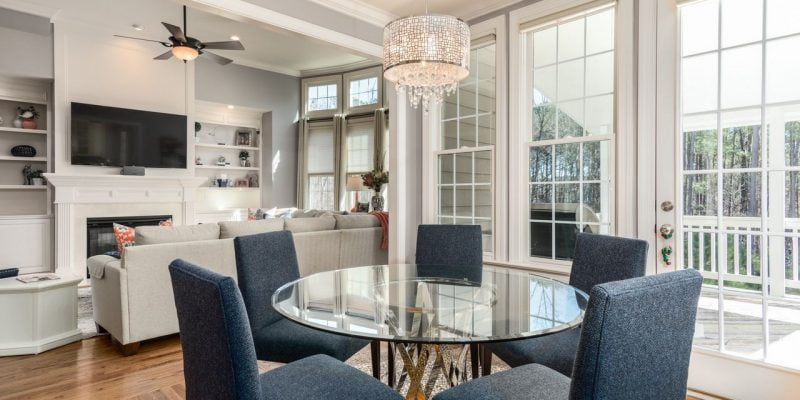

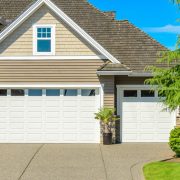
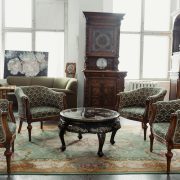

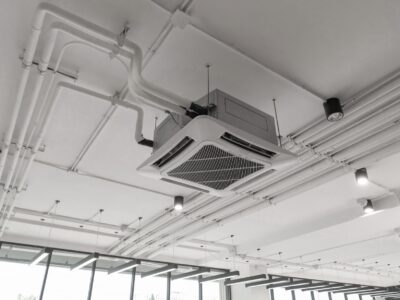


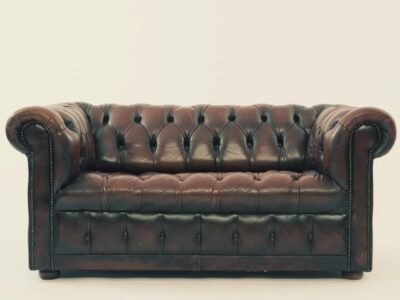
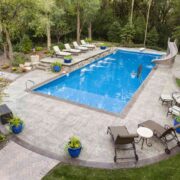

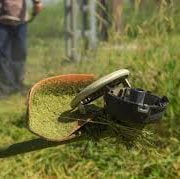
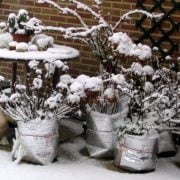
Comments